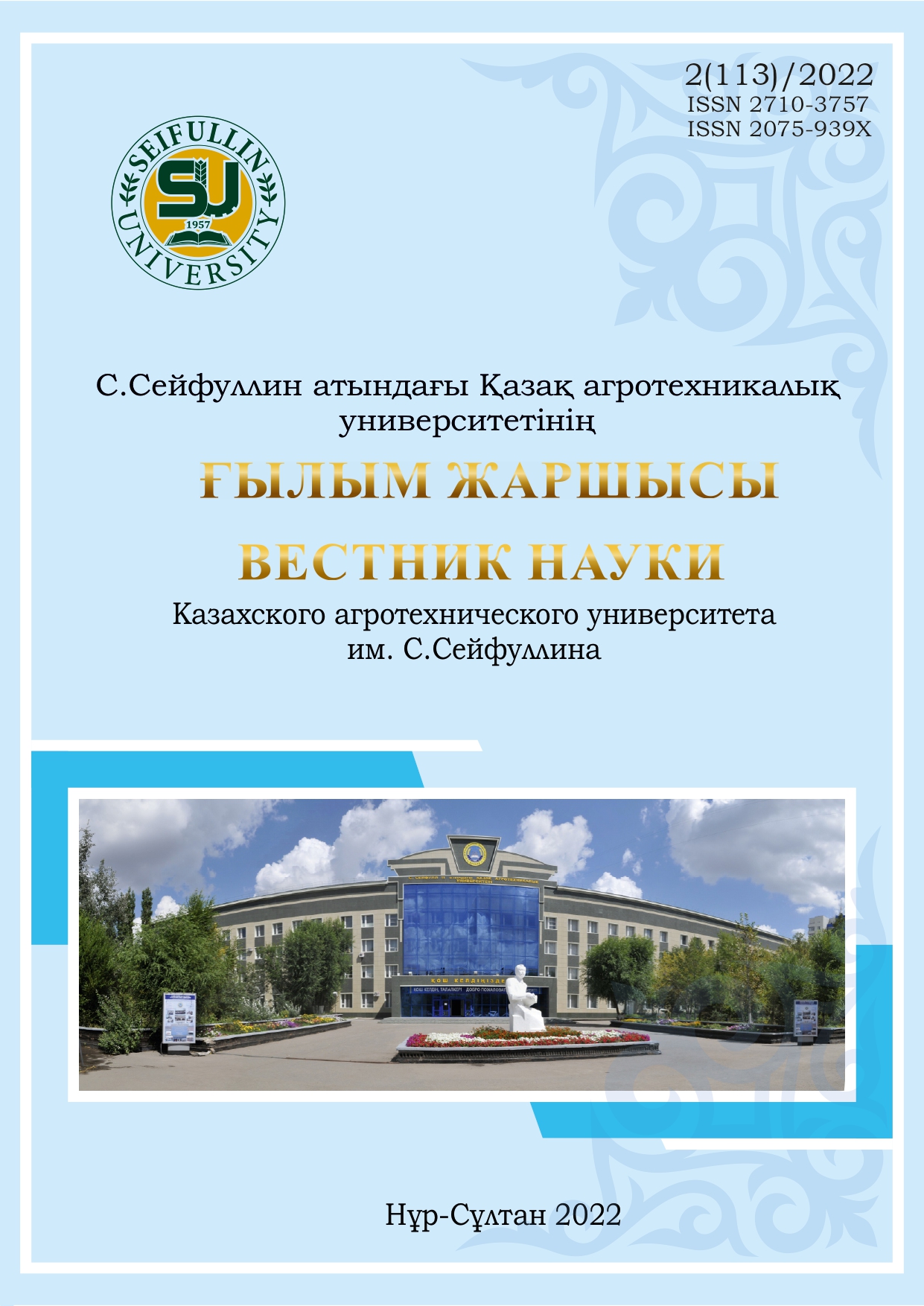OBTAINING A BLEND OF RAPESEED AND LINSEED OILS TO OBTAIN A FUNCTIONAL SPREAD
DOI:
https://doi.org/10.51452/kazatu.2022.2(113).1047Keywords:
spread; refined rapeseed oil; unrefined linseed oil; blending; fat base; gas chromatography; trans isomers.Abstract
The method of gas chromatography was used to determine the fatty acid composition of vegetable oils. The qualitative characteristics and fatty acid composition of deodorized refined rapeseed oil, unrefined linseed oil are determined. A blend of vegetable oils with a balanced fatty acid composition was obtained and its quality and fatty acid composition were studied. A balanced fat base for functional spreads has been developed. The main factors affecting the physiological and technological parameters of spreads have been identified. These factors affecting the physiological parameters include the fatty acid composition of the base. Emulsions with a different ratio of milk fat and a blend of vegetable oils have been prepared. Indicators of the content of trans-isomers of fatty acids were also studied. Based on the conducted studies, the optimal ratio of milk fat and a blend of vegetable oils was determined to be 80% milk fat and 20% a blend of rapeseed and linseed oils. Due to the addition of the blend to the composition, the content of trans-isomers of fatty acids in the resulting emulsion was less than in the original product.

